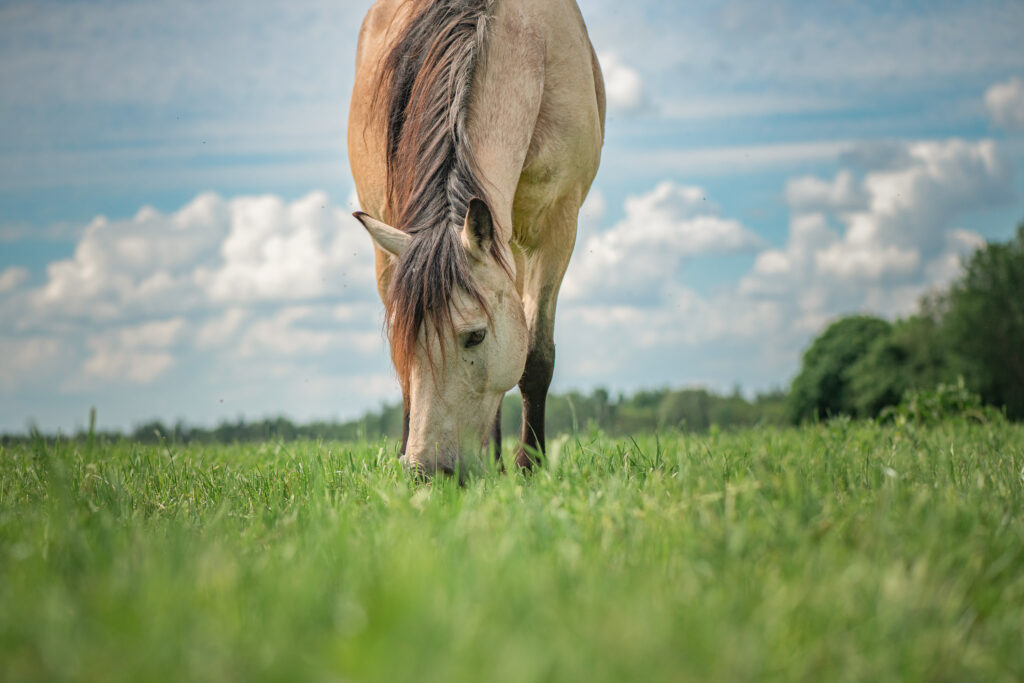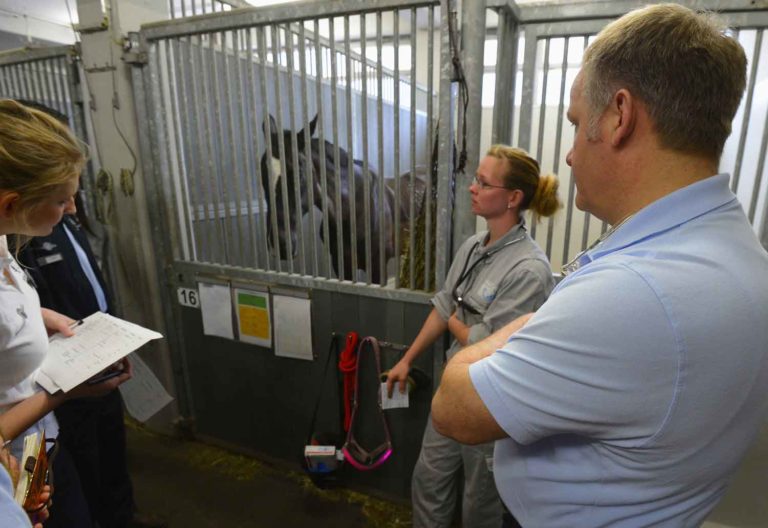
Sixty-four species of equine strongyles have been documented to date, 50 of which belong to the subfamily Cyathostominae (small strongyles). In 1964, a new species, Hsiungia pekingensis, was identified in a donkey in China and later in horses in Kazakhstan. H. pekingensis is a cyathostomin nematode of medium to large size, measuring approximately 0.5-1 inch long. No other cases had been recorded until 2023, when a population of adult H. pekingensis was identified in Alberta, Canada, in fecal samples from a horse treated with ivermectin. After processing, 802 adult worms were recovered from the fecal sample, of which seven were H. pekingensis. Prior to this owner-administered dose of ivermectin, the 12-year-old mare had no history of deworming.
That finding led to reanalysis of public equine nemabiome datasets, which revealed H. pekingensis sequences in two additional samples obtained from feral horses in Alberta. They came from two of five horses sampled in May 2015, indicating a wider distribution than previously thought. “The fact that this species has been found outside its originally documented range suggests the possibility of either natural dispersal mechanisms or anthropogenic factors contributing to its spread, such as the global movement of horses,” wrote the study authors.
Molecular data from this study “will aid in identifying the species in new geographical regions and hosts globally.” The authors noted that feral horses with no preventive management harbor a diverse population of strongyle species. Feral horses adopted by horse owners have the potential to transmit this novel strongyle and other nematode species to the domestic horse population.
Reference
Mohtasebi S, Ahn S, Rosa B,Moyes K, Kuzmina TA, Gilleard JS, Poissant J. First record of Hsiungia pekingensis (Nematoda: Strongylidae) in North America: Morphological and molecular identification of a rare equine strongyle. Journal of Helminthology 2025, 99, e35, 1–8; https://doi.org/10.1017/S0022149X25000185
Related Reading
- Rising Fecal Egg Counts in U.K. Horses Raise Concerns About Anthelmintic Resistance
- Diet Might Affect Strongyle Infections in Horses
- Tapeworm Resistance in Horses
Stay in the know! Sign up for EquiManagement’s FREE weekly newsletters to get the latest equine research, disease alerts, and vet practice updates delivered straight to your inbox.

![[Aggregator] Downloaded image for imported item #18782](https://s3.amazonaws.com/wp-s3-equimanagement.com/wp-content/uploads/2025/11/03125751/EDCC-Unbranded-13-scaled-1-768x512.jpeg)


